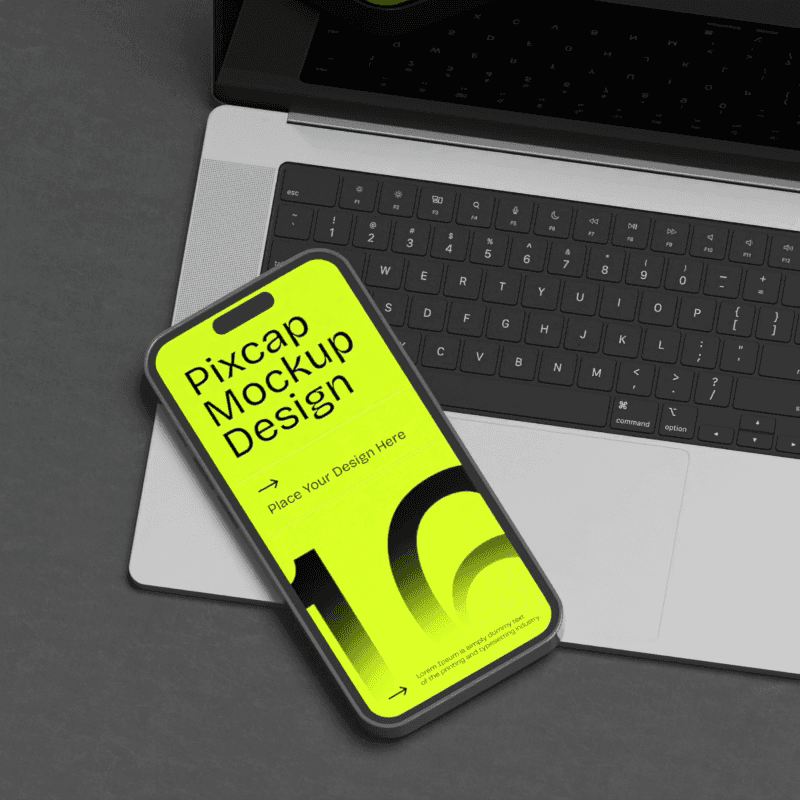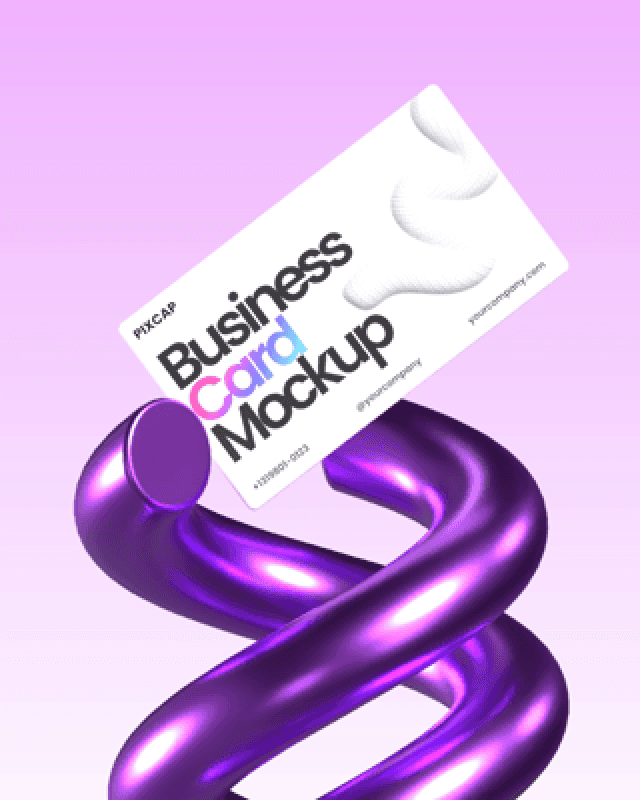Are you planning to open a new restaurant or looking to revamp your existing one? One of the most crucial elements that can make or break your business is a great branding alone. In today's competitive market, having a strong and recognizable brand is essential for any restaurant's overall success.
But what exactly is branding, and how can restaurant owners create an effective brand for your restaurant? In this guide, we will take you through all restaurant branding ideas you need to know. Ready to transform your restaurant into a beloved brand? Let’s get started!
1. Core Foundation
Mission & Core Values
Defining your purpose, what you believe in, and the dining experience you offer is paramount in establishing a strong brand identity. Your restaurant's mission and purpose should reflect why you exist beyond just serving food.
Are you committed to showcasing local farmers? Are you passionate about a particular cuisine or style of cooking? Clarifying your purpose will guide all your business decisions and help you connect with your customers on a deeper level.
An example of a mission statement:
"Create a dining experience that transcends just enjoying a meal. Aim to be a gathering spot for the community, a place where people can savor the highest quality dishes made from locally sourced and sustainable ingredients. Believe that food should not only taste good but also do good, by supporting local farmers and artisans."
Target Audience
Who are you trying to attract? Consider the demographics—such as age, income level, and geography—as well as psychographics, like lifestyle, values, and dining preferences.
Are you aiming to attract young professionals looking for a trendy and vibrant atmosphere, or families seeking a relaxed and kid-friendly environment?
By identifying these key characteristics, you can fine-tune everything from your menu and décor to your marketing strategies, ensuring that your restaurant speaks directly to the people you want to serve
Once you have defined your audience, ensure that all aspects of your brand recognition align with their expectations. This will not only attract them but also create a positive word-of-mouth reputation for your establishment.
Brand Positioning
How do you want to be perceived in the market? Defining your desired market perception is crucial for all aspects of your restaurant, from its ambiance to its cuisine.
If casual dining is your focus, then creating a relaxed atmosphere where people can enjoy delicious food without the formality is key. This perception should influence everything from your interior design and staff attire to your pricing and portion sizes. By clearly defining how you want your restaurant business to be perceived, you can craft a consistent and compelling brand message that resonates with your target audience.
2. Brand Identity
Brand Voice & Tone
Your brand voice and tone are essential elements that shape how your restaurant communicates with its audience. It is the brand personality, and it should align with your desired perception in the market.
For example, a fun and playful brand may use informal language and humor in their marketing efforts, while a high-end fine dining establishment would likely have a more formal and sophisticated tone.
Consider your target audience when determining your brand's voice and tone. A casual restaurant targeting young professionals may use a more conversational tone to connect with them, while a fine dining restaurant targeting affluent individuals may use more elevated language to appeal to their tastes.
Visual Identity
Your visual identity is another crucial aspect of your brand. It includes your logo, color scheme, typography, and overall design aesthetic.
These following main elements should be consistent and reflective of your desired perception in the market.
Logo
Your logo is the heart of your brand, and the other design elements come from it naturally. But what makes designing a restaurant logo unique? The right colors, shapes, and words in a logo can give your customers a hint of what to expect.
A logo can also show your brand's personality. For example, a rustic bistro may have earthy tones like deep browns and leafy greens, along with a vintage-inspired font. The design might include a quaint image of a wooden table or fresh ingredients like herbs, hinting at the farm-to-table experience the restaurant offers. For a modern, urban sushi bar, include sharp contrasts of black, white, and vibrant reds. The typography is clean and contemporary, and the logo might incorporate stylized elements like a pair of chopsticks or a simple, abstract fish icon.
Want more logo design tips? Learn how to design a logo or use our AI tool to create a perfect logo for your restaurant.
Colors
Choosing the right color palette for your brand can communicate different messages, evoke certain moods, and create a distinct visual identity.
When choosing colors for your restaurant's brand, consider the type of cuisine you offer, your target audience, and the atmosphere you want to create. For instance, a romantic Italian restaurant may use warm shades of reds and oranges to convey passion and love, while a family-friendly diner may opt for bright primary colors to appeal to children.
Typography
Typography plays a significant role in shaping your restaurant's visual identity and enhancing its overall brand experience. Selecting the right fonts can convey your brand's personality, set the tone for your establishment, and make your communication more effective.
The synergy between typography and other brand elements such as colors and logos creates a cohesive and harmonious brand image, ensuring that your promotional materials are not only attractive but also on-brand and engaging for your customers.
3. Marketing Strategy
A great restaurant branding needs a good marketing plan to attract customers. Here are some marketing tips for your restaurant:
Social Media Marketing
Create accounts on popular platforms like Facebook, Instagram, and Twitter to showcase your restaurant's food, ambiance, and customer reviews. Engage with your followers by posting regularly, responding to comments and messages promptly, and running giveaway promotions or contests.
Collaborations and Partnerships
Collaborating with other businesses in the community can be an effective way to expand your reach. Partner with local organizations or influencers who have a similar target audience as your restaurant. This can lead to cross-promotion opportunities and potentially bring new customers through their network.
Email Marketing
Email marketing is a cost-effective way to reach out to both potential and existing customers. Build an email list by offering a discount or free item for signing up, and then regularly send out newsletters or promotional emails to keep your audience engaged.
Events and Promotions
Hosting events or running promotions are great ways to create buzz around your restaurant. Consider hosting a themed night, such as a wine tasting or live music event. You can also offer promotions like happy hour specials or brand loyalty programs to incentivize customers to frequent your establishment.
Online Reviews
Word-of-mouth is still one of the most powerful forms of marketing. Encourage satisfied customers to leave reviews on popular review sites like Yelp, Google, and TripAdvisor. This not only helps attract new customers but also shows that you value customer feedback.
Learn more about most-used branding tools to optimize your branding efforts.
Why Is Restaurant Branding Important?
Effective branding can bring numerous benefits to your restaurant, including:
Increased Sales and Customer Loyalty
A strong brand identity attracts and retains customers. When people can instantly recognize and connect with your restaurant, they're more likely to keep coming back. A well-branded restaurant fosters loyalty and can even turn satisfied customers into enthusiastic brand ambassadors who spread the word and bring in more business.
Competitive Advantage
In a saturated market, standing out from the crowd is vital. A distinct and memorable brand sets your restaurant apart from competitors, making it easier for potential customers to choose you over others. By defining what makes your restaurant unique, you can carve out a niche and draw in diners who appreciate what you offer.
Sets Customer Expectations
Your brand tells a story about your food, service, and atmosphere. Clear and consistent branding helps customers understand what to expect when they visit your restaurant. Whether it's a casual, family-friendly setting or an upscale dining experience, your brand communicates the essence of your establishment, ensuring that customers' expectations align with the experience you provide.
Memorable Experience
Branding goes beyond the food; it's the feeling your restaurant evokes. From the décor and menu design to the quality of service and overall ambiance, every element contributes to the customer's experience. A well-crafted brand creates a cohesive and memorable dining experience that leaves a lasting impression, encouraging repeat visits and fostering a sense of connection with your patrons.
By focusing on these key aspects of branding, you can ensure that your restaurant not only thrives but also leaves an indelible mark on the hearts and minds of your customers.
Conclusion
The positive impact of a well-defined brand on your restaurant's success cannot be overstated. A compelling and unique brand helps attract more diners, fosters customer loyalty, and ensures that your restaurant's story resonates with your patrons, thereby increasing your overall profitability and growth.
Now is the perfect time to start crafting your unique restaurant brand identity. Embrace your restaurant’s distinct qualities, fine-tune your messaging, and create an unforgettable experience that keeps customers coming back for more. Begin your branding journey today and see the transformative impact it can have on your restaurant's success.
Frequently Asked Questions
1. What is branding a restaurant?
Restaurant branding is the process of creating a unique and memorable identity for a restaurant through its name, logo, design, messaging, and overall customer experience.
2. How much does restaurant branding cost?
The most popular branding service for small businesses is logo design and brand guidelines, costing $2,500 - $10,000. This often includes a logo, color scheme, fonts, and a mood board with photo tips. You can reduce the cost by doing some of the branding work yourself and hiring a designer for specific elements.
3. How do I create a logo for my restaurant?
The fastest and most cost-effective way to create a logo is by using online AI tool, such as Pixcap. However, if you have a specific vision in mind and want a more personalized logo, consider hiring a professional designer.














